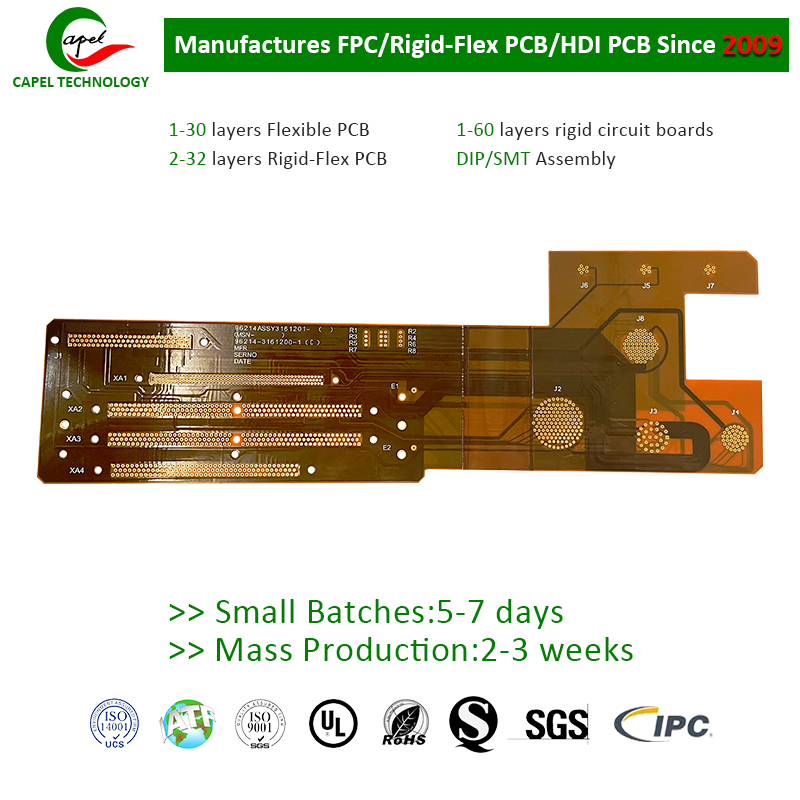In flexible PCB manufacturing, a key aspect that cannot be ignored is cleaning and anti-contamination measures. These measures go a long way in maintaining the appearance and performance of the circuit board. In this blog post, we will discuss how to choose the most appropriate cleaning and anti-contamination measures for flexible PCB manufacturing.
Flexible PCBs are widely used in various industries, including aerospace, automotive, medical and consumer electronics. These boards are known for their flexibility, lightness, and space-saving capabilities. However, like any other electronic component, flexible PCBs are susceptible to contamination and require regular cleaning to ensure optimal performance.
Selecting the correct cleaning and anti-contamination measures for flexible PCB manufacturing can be a challenging task given the fragility of these boards. The process should be carefully planned and executed to prevent any damage to the circuit. Here are some key factors to consider when making this choice:
1. Material compatibility: It is critical to select cleaning and anti-contamination measures that are compatible with the materials used for flexible PCBs. Different materials are often used in the manufacturing process, such as copper, polyimide, and adhesives. Make sure that the cleaning agents and methods chosen will not cause any damage or degradation to these materials.
2. Environmental considerations: Environmental regulations and considerations should be considered when selecting cleaning and anti-pollution measures. Choose environmentally friendly solutions with minimal impact on the ecosystem. Look for products that are free of harmful chemicals and comply with regulations such as RoHS (Restriction of Hazardous Substances).
3. Cleaning agents: There are many types of flexible PCB cleaning agents on the market. Some common options include water-based cleaners, solvent-based cleaners, and specialty cleaning solutions. Each cleaner has its benefits and potential risks. Analyze the specific requirements of your flexible PCB and select the appropriate cleaner accordingly.
4. Cleaning technology: Flexible PCB cleaning can use a variety of technologies, such as manual cleaning, ultrasonic cleaning, gas phase cleaning, etc. The choice of cleaning technology depends on factors such as the level of contamination, circuit board complexity and required cleanliness. Evaluate these factors and choose the technology that best suits your requirements.
5. ESD protection: Electrostatic discharge (ESD) can damage sensitive components of flexible PCBs. Therefore, it is crucial to implement appropriate ESD protection measures during the cleaning process. This may include using anti-static mats, wrist straps, and cleaning in an ESD-safe environment.
6. Post-Cleaning Inspection: After the cleaning process is complete, it is critical to perform a thorough inspection to ensure that the PCB is free of contaminants and residues. This can be done using inspection equipment such as microscopes and magnifying glasses. Any remaining contaminants should be dealt with promptly to avoid future performance issues or potential failures.
By carefully considering these factors and selecting the most appropriate cleaning and anti-contamination measures, you can effectively maintain the appearance and performance of your flexible PCB. Regular cleaning and maintenance not only prolongs the life of your circuit board but also ensures reliable and consistent functionality.
In summary, choosing the right cleaning and anti-contamination measures for flexible PCB manufacturing is critical to maintaining the appearance and performance of the board. Consider factors such as material compatibility, environmental factors, cleaning agents, cleaning techniques, ESD protection and post-cleaning inspections. By making smart choices, you can ensure the longevity and reliability of your flexible PCB, ultimately enabling successful and efficient electronic applications.
Post time: Oct-04-2023
Back







